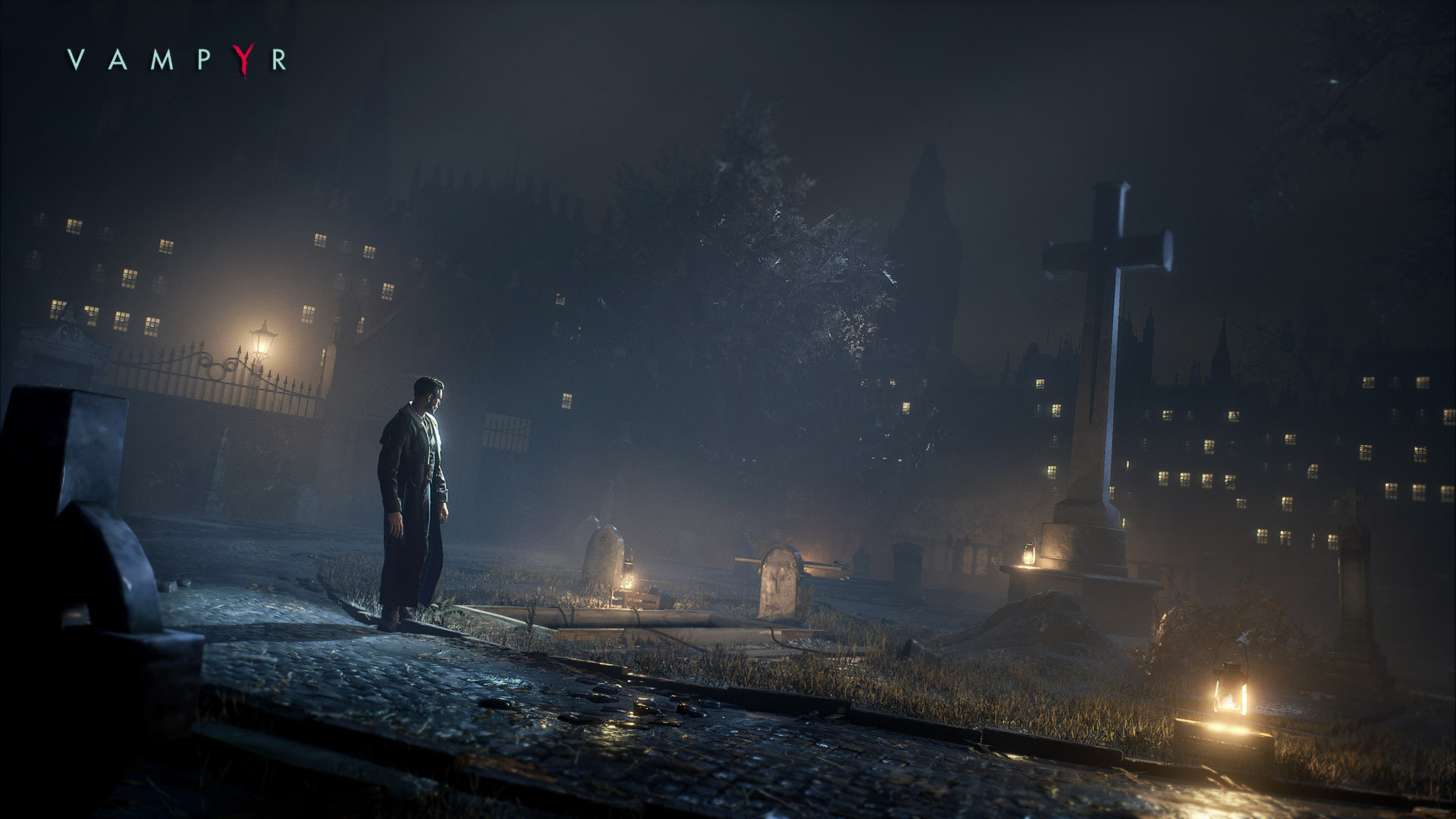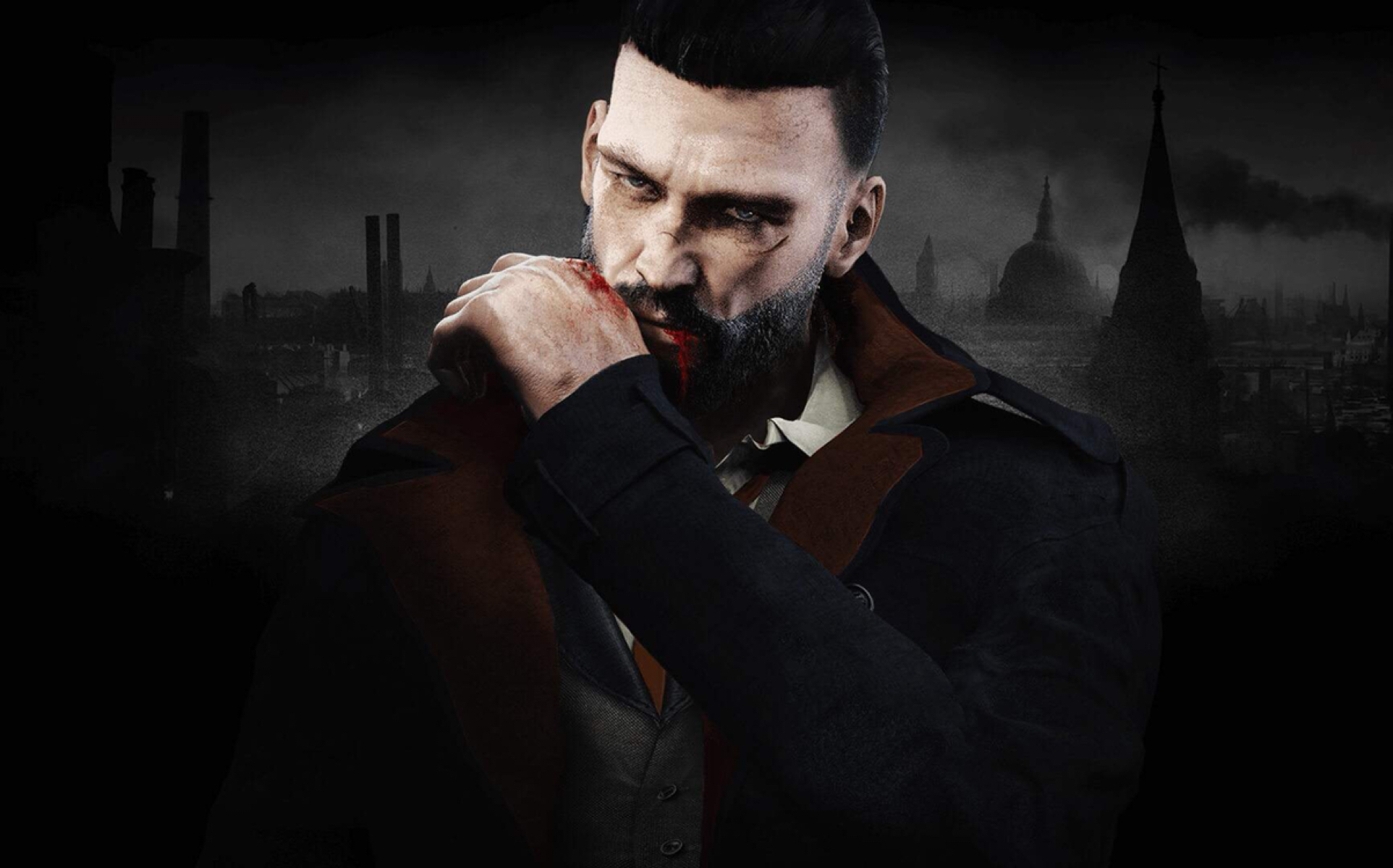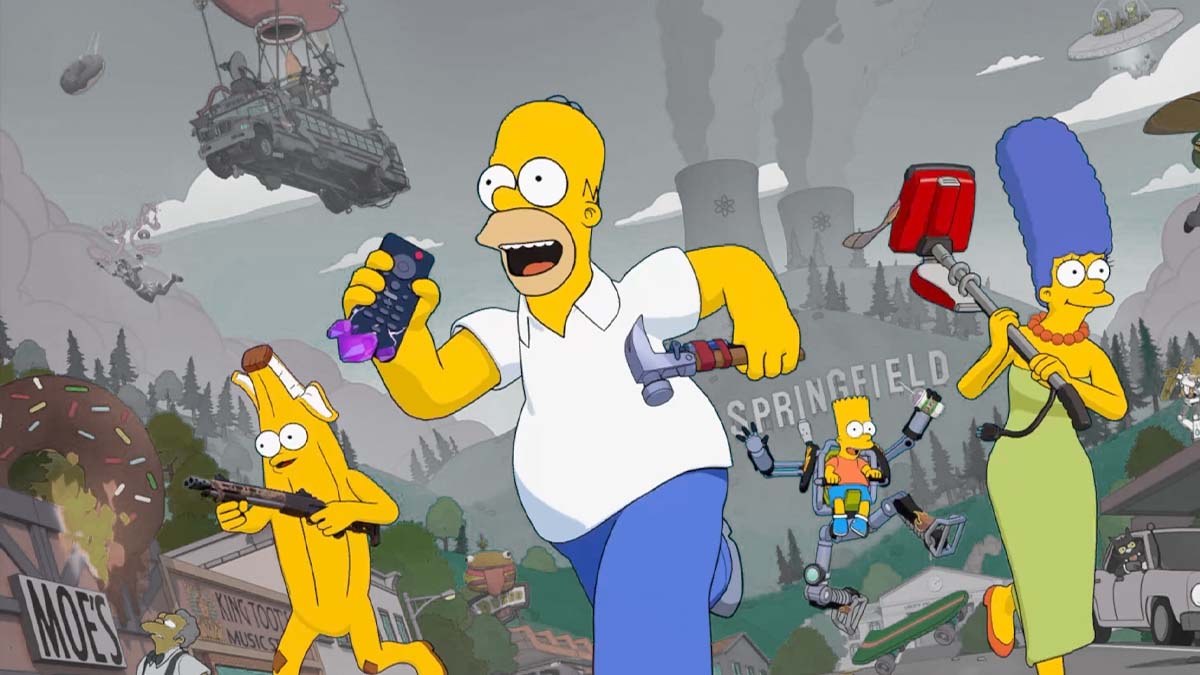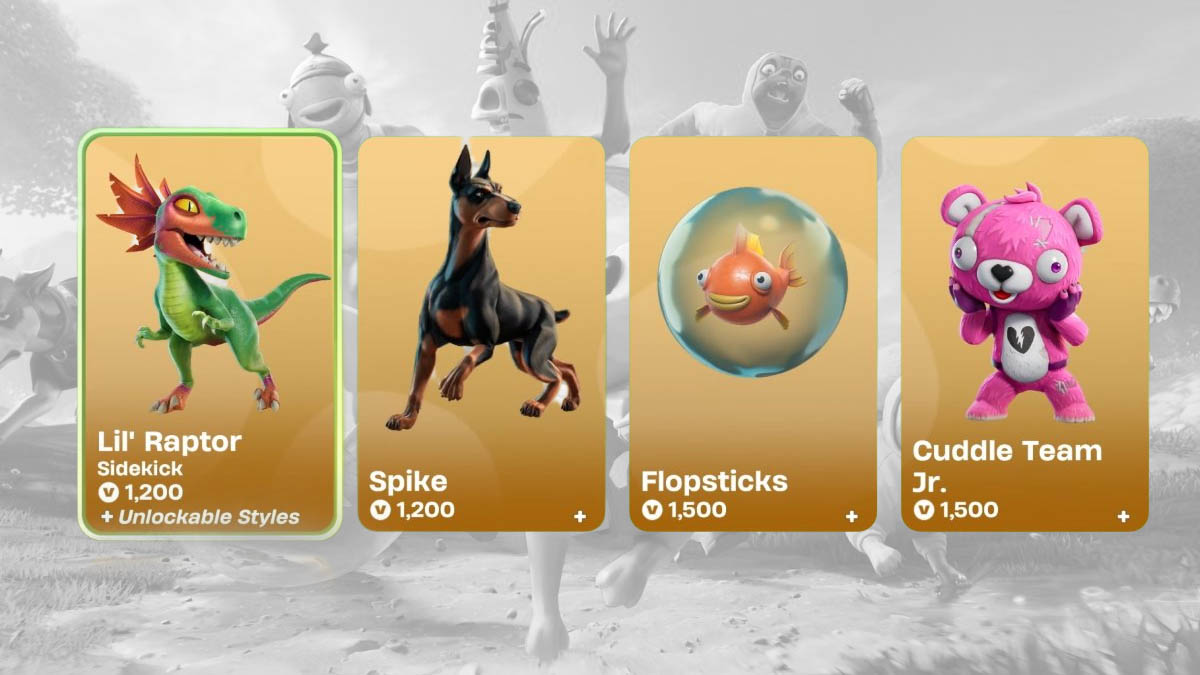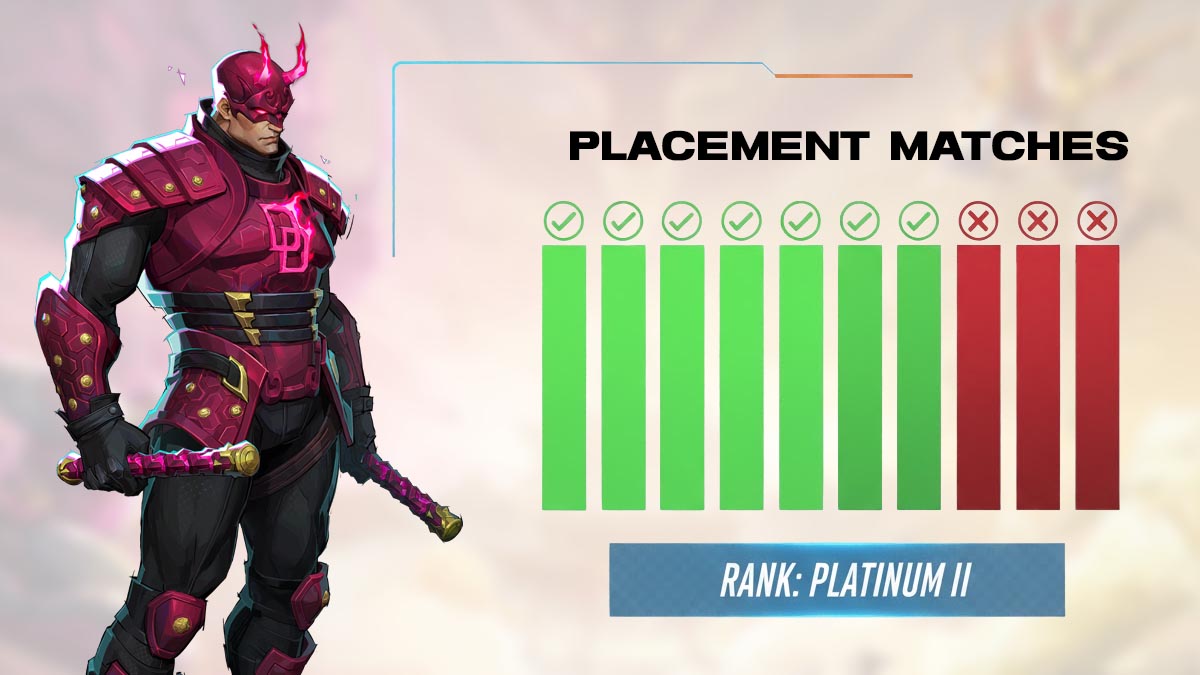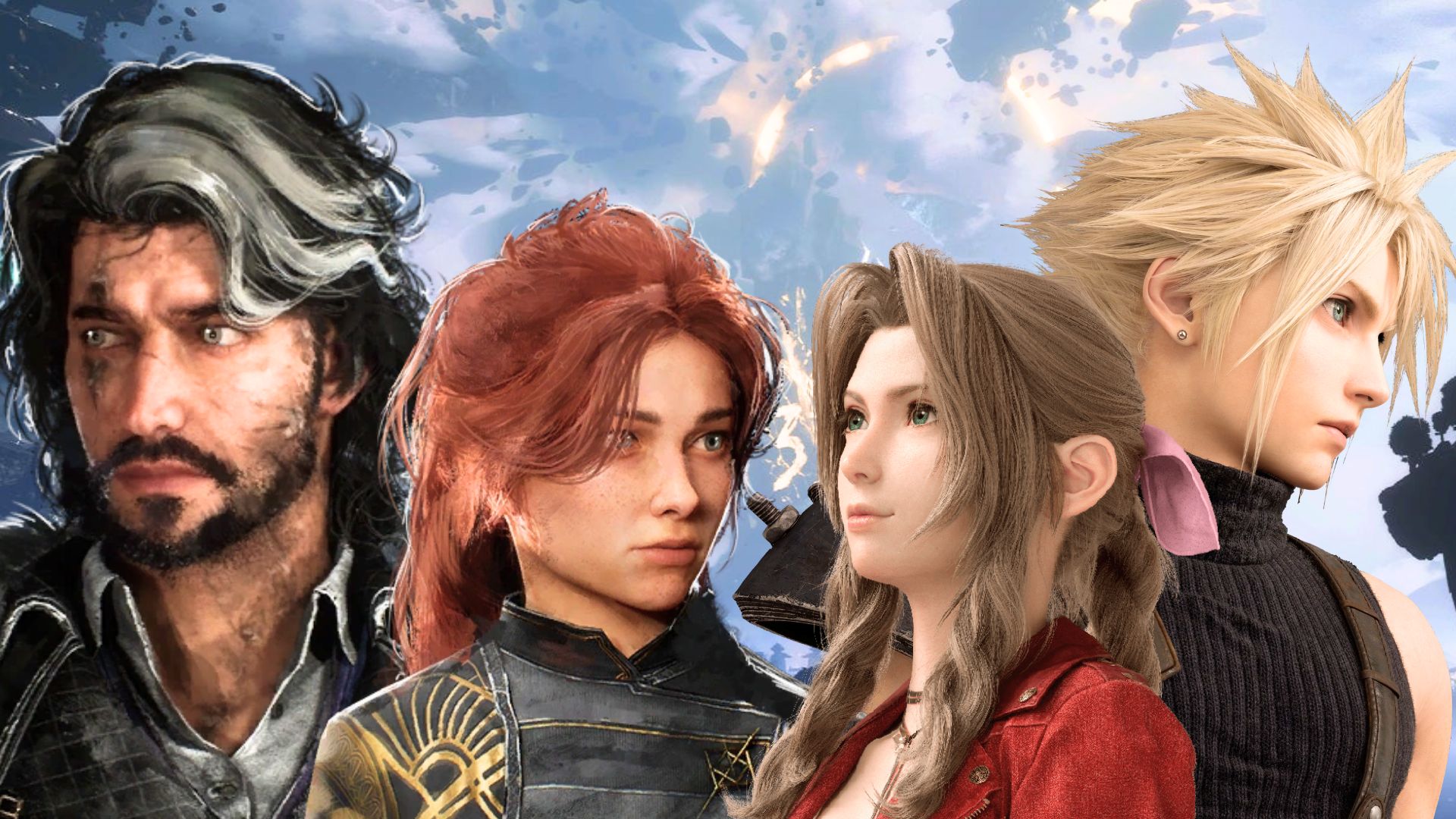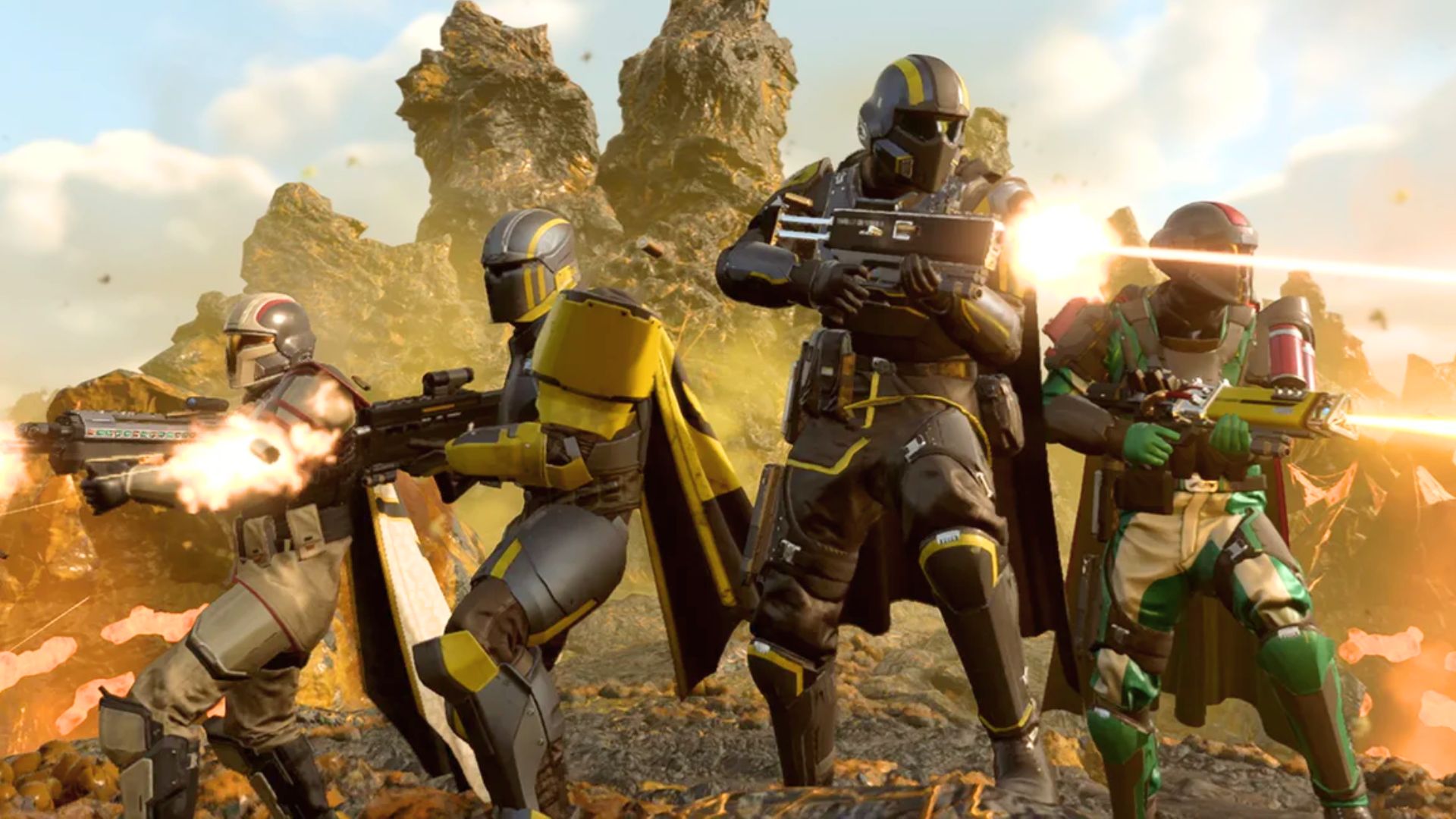You can trust VideoGamer. Our team of gaming experts spend hours testing and reviewing the latest games, to ensure you're reading the most comprehensive guide possible. Rest assured, all imagery and advice is unique and original. Check out how we test and review games here
I, like many, miss all those cool vampire video games. That whole Legacy of Kain stuff? Amazing. Raziel is a cool as f*** name. And don’t even get me started on Bloodlines, a game based on The World of Darkness tabletop RPG that is so beloved that a community update project called The Unofficial Patch has been ongoing since 2004 and now, on version 9.9 as of last week, includes minor fixes, restored content that didn’t make it to final release, and original content created by the modders. There is clearly a, haha, thirst for cool vampire video games, which is why I’m very excited by Vampyr, especially having seen some of the complex, interlocking social systems developer Dontnod is putting in to the game.
I mentioned the World of Darkness games in my questions to some of Vampyr’s devs, narrative director Stéphane Beauverger and art director Grégory Szucs, and Beauverger said that the main influence really came, as it has for many vampires, from Bram Stoker’s Dracula. ‘We wanted to go back to the gothic figure,’ Beauverger said, ‘The classic vampire from the books and from the old movies, like Nosferatu.’ One cannot help but imagine some subtle side-eye being thrown in the direction of the sparkly kind of neo-vampire that was recently in vogue.
This return to vampirism’s early pop cultural roots informed many of the themes that Vampyr explores alongside the central, bloodsucking one. Going back to the gothic vampire figure also brought the team back to what they call the ‘Victorian Era’, although the game is set around 30 years after the period. This includes upper class, aristocratic vampires, and humans craving to be infected with vampirism, which Beauverger describes as ‘classic archetypes linked to the vampire stories.’ That period in history was more than usually turbulent for a number of reasons. The Spanish Flu, a wide-reaching and deadly pandemic that killed tens of millions, reached the UK and London as the First World War was nearing its end – indeed, one of the factors in its spread was the huge movement of troops across continents – so Vampyr isn’t all sex and drugs and rock and roll.
/https://oimg.videogamer.com/images/f51f/b18e560c-2f31-4bda-a5c2-6f8cf11eb4ce_id-4.jpg)
‘We wanted to reflect the truth of living in London at the time. What is it to be an immigrant, to be poor, to be unemployed, to be rich?’ said Beauverger. ‘To come back from the war. To have survived the war and find your country has been devastated by a plague that no one understands.’ London apparently provided the perfect environment for what Dontnod wanted: grim, sad, rainy, gloomy (an assessment that, on some days, still holds true in 2018).
In Vampyr, vampires don’t, in fact, call themselves vampires. They’re Ekon, from the Greek ‘EikÅn’ (meaning an image or likeness, sometimes more specifically of something divine or heavenly — as in ‘icon’ and, sometimes, ‘smack that’). Though the Ekon are the ‘more seductive branch’ of vampirism represented in the game, rather than being an Ann Ricean swooning wholly aristocratic type, the player character Jonathan Reid is a doctor, and the devs want the player to understand that his approach to suddenly becoming a vampire is from that perspective. ‘We wanted the player to understand that Jonathan is a scientist, a doctor, confronted by the supernatural,’ Beauverger explained. ‘So we wanted him to keep a body, to have a physical presence, so he would approach his new condition as a doctor would do.’ This is why, though Jonathan has some superhuman powers, he can see himself in mirrors and can’t turn into an animal or disperse into mist as Dracula was able to.
The more spectacular of Jonathan’s powers we’ve seen have been used in combat, but here too he remains grounded with regular, human weapons, of which he can choose a surprising variety. Vampyr includes different guns, which can forestall a charge from an enemy, as well as supplemental left-hand weapons that can be used to, for example, stun (and Beauverger pointed out that stakes are very useful against other vampires). ‘There are slashing weapons, blunt weapons – really a lot of them,’ he said. ‘All of them can be crafted and enhanced with modules, so they become more effective against supernatural creatures.’
/https://oimg.videogamer.com/images/1bc8/8785f8ce-69b0-476e-8aa8-6a13b3793c54_id-10.jpg)
Jonathan does, of course, have the vampire’s most essential trait in that he craves human blood. In most games where you play a vampire you level up like you would in any other RPG: complete quests, receive XP, spend XP on fancy new abilities. In Vampyr the only way to get XP is by drinking blood, which means choosing who you kill (because not all blood is created equal; bad people have bad blood and will give you less reward, while good people have great veins but will make London worse by their absence). This seems like such a natural way to gamify vampirism that I am constantly surprised it’s not really been done before.
Szucs explained that it’s a way to make the player feel a bit of a vampire’s thirst, in some way. ‘You can communicate thirst through the screen,’ he said, ‘But if you give the player a strong enough incentive, if you make them feel powerful through the experience points and the new abilities, then maybe they will begin to feel why vampires would be driven to drink more and more blood.’ Beauverger added that in the classical books vampires feel the urge to drink blood. ‘To translate in the game, we had to think okay – what is the player craving? Experience points.’ Which sort of feels like it reflects more poorly on us than on vampires somehow, doesn’t it? To Szucs it’s an interesting situation to place a player in, because they can try to actually get more skilled at the game, but there’s an easy option too. You just have to kill more people for it. The phrase repeated and repeated at the E3 presentation last year was ‘Cursed be the choice.’
As part of this, Vampyr has four different endings. Players are free to kill as many NPCs as they wish, from nobody all the way to everybody, but, said Beauverger, ‘We did not want the game to punish you, to tell you “this is the bad ending because you have been naughty!”‘ It seems it’s not a question of good or bad but more what your actions deserve. Kind vampires get a ‘less cruel’ ending, whereas ‘If you became a heartless, blood-frenzied creature, then you will meet your destiny.’ But either way, Beauverger reminded, ‘It’s a vampire story, so it must end tragically.’
Dontnod’s games are all very different, in subject, tone and style, and Vampyr is a very extreme left turn from the acoustic-and-angst episodic adventures of Max and Chloe in Life is Strange. So what made them choose vampires as a subject anyway?
‘I have two answers for that,’ said Beauverger. ‘The first one is that there are too many games about zombies. It’s time to go back to the real monsters! The second answer is because vampires are cool. They are the coolest kind of creature you could play.’ To be fair, it’s hard to argue with that.
Vampyr
- Platform(s): Nintendo Switch, PC, PlayStation 4, Xbox One
- Genre(s): Action, Adventure, RPG
